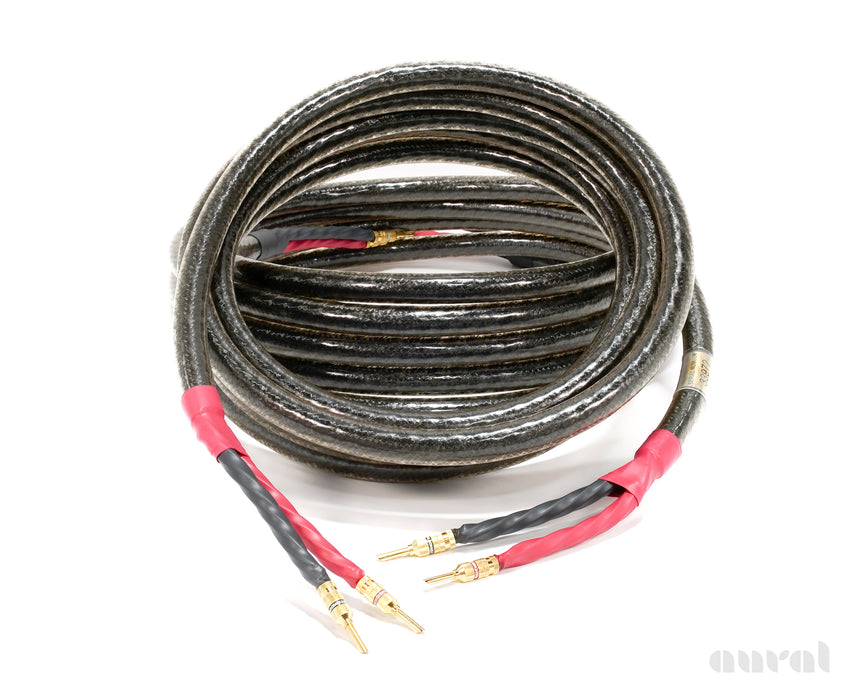Equipped with the iconic "Baby Cheek" (or Butt) tweeter horn flare, these 4425's are serious attention getters. When we put them into our listening room, they quickly became the shop favorites. They sound every bit as good as they look with their original dark blue grill cloth. These will be hard to let go of.
- Production
- 1985-99
- Condition
- 9/10
- Serial No.
- #474394 / #472187
- Orig. MSRP
- $849
- Restoration
- Full function check
- Cleaned controls and terminals
- Tested in our listening room. Amazing.
- Factory Specs
Type 2 way, 2 driver loudspeaker system
Frequency Response 40Hz to 16kHz @ -6dB
Power Handling 200W
Crossover Frequency 1200 Hz
Nominal Impedance 8Ω
Sensitivity 91dB
Bass 1 x 300mm cone
Tweeter 1 x 25mm dome
Cabinet oiled walnut
Dimensions 25"h x 16"w x 12"d
Weight 65lbs
- Documentation
JBL 4425 Technical Brochure
- The History of JBL
- JBL was founded by James Bullough Lansing (1902–1949) who was an American audio engineer and loudspeaker designer most notable for establishing two audio companies that bear his name, Altec Lansing and JBL, the latter taken from his initials.Lansing and his business partner Ken Decker started a company in 1927, in Los...
[ Read More ]
- Liner Notes
The JBL 4425 is a Constant Directivity horn loudspeaker system designed by Greg Timbers. It’s based of the larger 4430 and 4435 systems that were designed by David Smith. All of these systems utilize Don Keele’s famous 2344 or 2342 Bi-Radial Horn, oftentimes referred to as the ‘Baby Butts’. The 4425 combines this with the 2416H compression driver.
Don Keele was responsible for the first Constant Directivity horn designs while working at Electro-Voice from 1975 through 1979. These were then loosely copied by Altec Lansing for use in the Mantaray series horns. When Don arrived at JBL he began work on a Constant Directivity program that would aid in the future development of these systems. The first result of his efforts was the JBL 2344 Bi-Radial Horn. Keele mated a JBL-style diffraction horn to a secondary horn consisting of exponentially curved sides derived by using two radial formulas. This resulted in a hybrid Constant Directivity horn that was free from the distortion components associated with abrupt angle changes. Unfortunately, the Bi-Radial design had problems with apparent apex and arrayability in the same manner as Altec’s Mantaray CD horns.
Most popular Constant Directivity horns suffer from non-spherical wavefronts, limitations in arrayability, distortion at high sound pressure levels as well as reflections and distortions related to the transition from diffraction slot to secondary horn. They tend toward a narrowing of dispersion pattern at the higher frequencies whose wavelengths approach the width of the throat or the width of the diffraction slot.
Because the CD horn’s high frequencies are more spread out over its coverage pattern, they appear attenuated relative to other horns. The CD horn requires an equalization boost of approximately 6 dB per octave with a filter knee centered between 2 and 4 kHz (depending on horn design) in order to sound neutral and balanced. Most manufacturers of active electronic audio crossovers responded to this requirement by adding an optional CD EQ boost filter or high frequency shelf filter. Further refinements of the filtering process are available in DSP-based crossovers such as the dbx DriveRack PA2.
- Stock No.
- 6726752993448
Equipped with the iconic "Baby Cheek" (or Butt) tweeter horn flare, these 4425's are serious attention getters. When we put them into our listening room, they quickly became the shop favorites. They sound every bit as good as they look with their original dark blue grill cloth. These will be hard to let go of.
Production
1985-99
Condition
9/10
Serial No.
#474394 / #472187
Orig. MSRP
$849
Restoration
- Full function check
- Cleaned controls and terminals
- Tested in our listening room. Amazing.
Factory Specs
Type 2 way, 2 driver loudspeaker system
Frequency Response 40Hz to 16kHz @ -6dB
Power Handling 200W
Crossover Frequency 1200 Hz
Nominal Impedance 8Ω
Sensitivity 91dB
Bass 1 x 300mm cone
Tweeter 1 x 25mm dome
Cabinet oiled walnut
Dimensions 25"h x 16"w x 12"d
Weight 65lbs
Documentation
JBL 4425 Technical Brochure
The History of JBL
JBL was founded by James Bullough Lansing (1902–1949) who was an American audio engineer and loudspeaker designer most notable for establishing two audio companies that bear his name, Altec Lansing and JBL, the latter taken from his initials.Lansing and his business partner Ken Decker started a company in 1927, in Los...
[ Read More ]
Liner Notes
The JBL 4425 is a Constant Directivity horn loudspeaker system designed by Greg Timbers. It’s based of the larger 4430 and 4435 systems that were designed by David Smith. All of these systems utilize Don Keele’s famous 2344 or 2342 Bi-Radial Horn, oftentimes referred to as the ‘Baby Butts’. The 4425 combines this with the 2416H compression driver.
Don Keele was responsible for the first Constant Directivity horn designs while working at Electro-Voice from 1975 through 1979. These were then loosely copied by Altec Lansing for use in the Mantaray series horns. When Don arrived at JBL he began work on a Constant Directivity program that would aid in the future development of these systems. The first result of his efforts was the JBL 2344 Bi-Radial Horn. Keele mated a JBL-style diffraction horn to a secondary horn consisting of exponentially curved sides derived by using two radial formulas. This resulted in a hybrid Constant Directivity horn that was free from the distortion components associated with abrupt angle changes. Unfortunately, the Bi-Radial design had problems with apparent apex and arrayability in the same manner as Altec’s Mantaray CD horns.
Most popular Constant Directivity horns suffer from non-spherical wavefronts, limitations in arrayability, distortion at high sound pressure levels as well as reflections and distortions related to the transition from diffraction slot to secondary horn. They tend toward a narrowing of dispersion pattern at the higher frequencies whose wavelengths approach the width of the throat or the width of the diffraction slot.
Because the CD horn’s high frequencies are more spread out over its coverage pattern, they appear attenuated relative to other horns. The CD horn requires an equalization boost of approximately 6 dB per octave with a filter knee centered between 2 and 4 kHz (depending on horn design) in order to sound neutral and balanced. Most manufacturers of active electronic audio crossovers responded to this requirement by adding an optional CD EQ boost filter or high frequency shelf filter. Further refinements of the filtering process are available in DSP-based crossovers such as the dbx DriveRack PA2.
Stock No.
6726752993448









